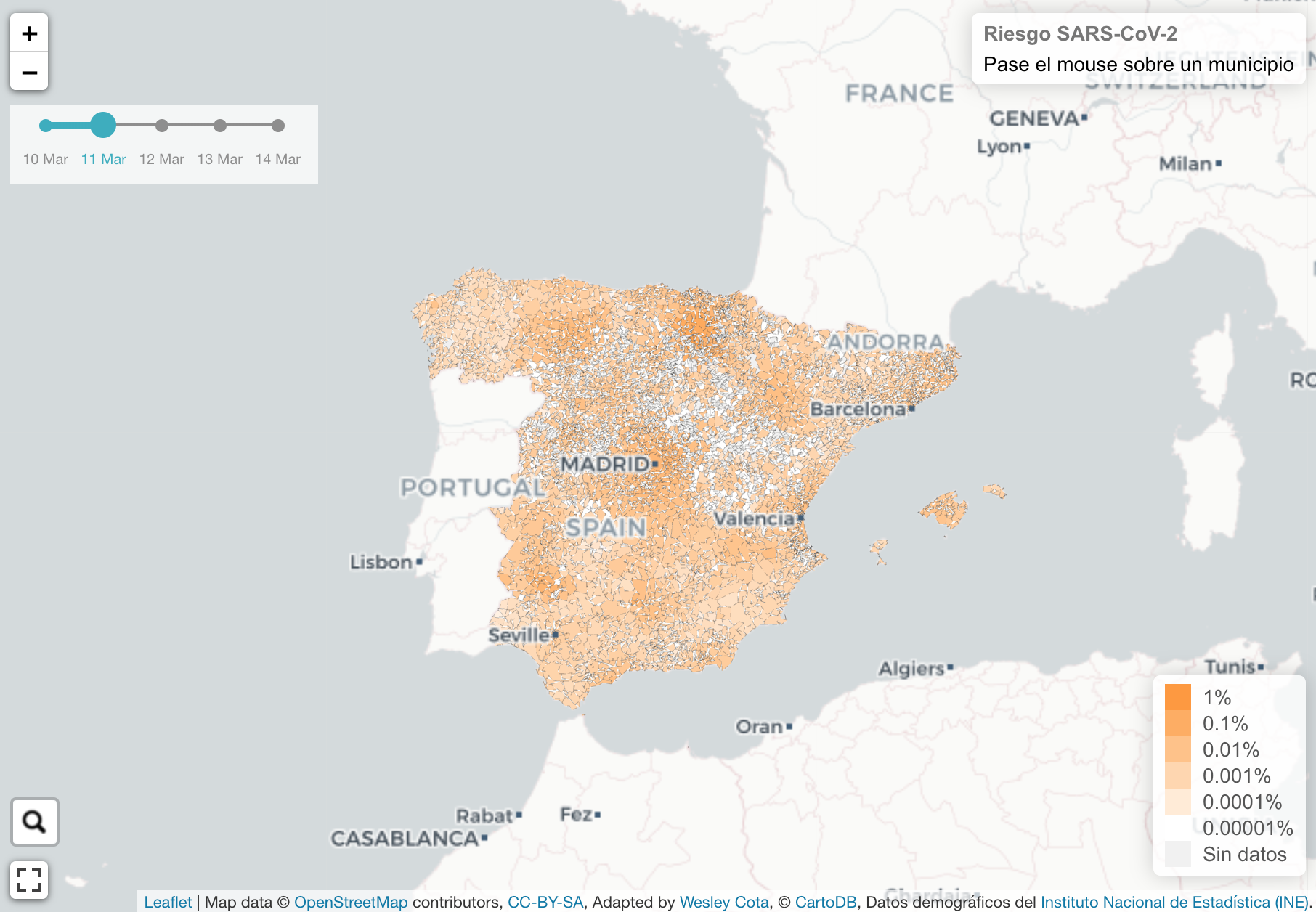
The coronavirus has taken over a majority of the news cycle around the world. News organizations are responding by developing a variety of news products to cover the outbreak.
From newsletters to podcasts to microsites, international news organizations are disseminating information using new methods beyond the usual day-to-day coverage.
To better understand how different regions are reporting on the virus, we asked IJNet editors and translators to share innovative news products, which we collected below. The content below is linked in different languages to provide regional insight, but our descriptions are all in English.
Arabic
Akhbar.masr (Egypt)
Egyptian privately owned daily newspaper, Akhbar.masr, uses Instagram to share with Egyptian audiences the latest news. Since the outbreak began, Akhbar.masr has increased the number of posts about the virus. Recently, the newspaper posted about Egypt’s Ministry of Health warning of fake teams claiming to sterilize homes from the coronavirus for a price.
BBC Arabic (U.K.)
BBC Arabic’s coverage has focused on how Arab countries are taking precautions to curb the spread of the virus. Outbreaks in the region began in Iran, then started to surge in the West Bank, Saudia Arabia, Kuwait, Egypt and Morocco. Wider regional impact led other news organizations to increase their local and international coverage.
Chinese
South China Morning Post (Hong Kong)
The South China Morning Post has created a dedicated Coronavirus topic page that provides links to the latest stories, videos and commentary on the virus. One of the top links on the site includes a comprehensive explainer page of everything you need to know about COVID-19, including maps, charts and infographics.
Caixin (China)
Caixin is a Beijing-based media group that offers extensive coverage of COVID-19 through a dedicated newsletter, a topic page with live updates and a key facts sidebar. They’ve also also launched a video diary about the Wuhan epicenter.
English
The Washington Post (U.S.)
On top of regular coverage, The Washington Post has created a newsletter dedicated to updates on the virus. All the stories linked inside the newsletter are free to access. Providing the latest reporting and information on the virus’ spread in the U.S and around the world, the daily Coronavirus Updates newsletter includes a virus outbreak map and answers frequently asked questions. Readers are also encouraged to send in questions that may be addressed in future coverage.
CNN (U.S.)
Hosted by CNN’s chief medical correspondent Sanjay Gupta, the daily podcast Coronavirus: Fact vs. Fiction addresses some of the most common questions about the virus. Past topics have included the effectiveness of face masks in reducing spread of the virus, dilemmas with coronavirus testing and how to prepare for traveling. Each episode is less than 15 minutes long, and free on all podcasting platforms.

Portuguese
GaúchaZH (Brazil)
On Feb. 26 — the same day the first case of COVID-19 was confirmed in Brazil — GaúchaZH launched its own newsletter. Available only to subscribers, this newsletter covers information on coronavirus in Brazil as well as the rest of the world. Each time subscribers read a coronavirus-related story on the site, they are invited to sign up for the newsletter.
Rádio e Televisão de Portugal (RTP) (Portugal)
Portugal confirmed the country’s first cases on Mar. 2, after which RTP — Portugal’s public media — launched minute-by-minute updates about the virus in the country, and around the world. Giving COVID-19 its own menu option and webpage, RTP is also tagging stories in culture, economy, politics and more.
Russian
Meduza (Latvia)
Based in Riga, Latvia, online newspaper and Russian-language news aggregator Meduza launched a true or false quiz with questions about the coronavirus. Informed by frequently asked questions about the virus, Meduza’s quiz covers topics such as whether animals act as carriers, myths around packages spreading the disease and whether or not antibiotics are preventative measures.

BBC Russia (Russia)
Almost all Russian-language independent media are regularly publishing updates about the virus, or articles on how the situation affects different aspects of life. However, BBC Russia’s reporting is focused on how people live in quarantine. After publishing an article about an overpopulated hospital ward in Moscow, patients were transferred to small private rooms in different hospitals.
Spanish
Eldiario (Spain)
Based in Spain, online newspaper Eldiario.es decided to give their readers access to an interactive map created by Rovira i Virgili University from Zaragoza. Using a predictive model, the map explains what chances people have to get the virus, depending on which district they live in. Recently, the publication also added a daily newsletter covering the pandemic and its social and economic consequences.

El Surtidor (Paraguay)
Paraguay’s award-winning publication El Surtidor uses its comic-style journalism to cover COVID-19. In this illustration they explain the impact that the virus could have in the country, and in another, gives tips about how to spot disinformation about the virus.
by Katya Podkovyroff Lewis, International Journalists’ Network
Related posts
Category: Uncategorized
Malnutrition is a health crisis affecting millions around the world — and one becoming more urgent as the pandemic continues. Its impact is not just represented in [...]
Magazine Training International’s mission is to encourage, strengthen, and provide training and resources to Christian magazine publishers as they seek to build the church and reach their societies for Christ.

